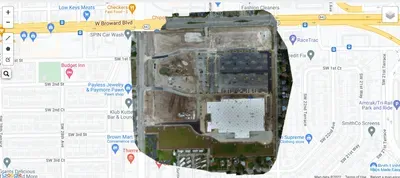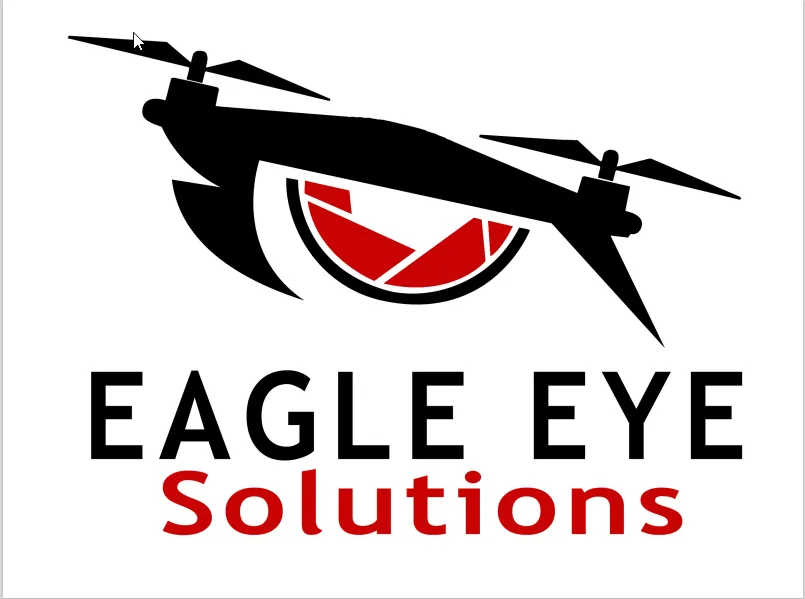
CONSTRUCTION & LANDSCAPING
Pre-Planning!
Visual data collected by drone can help construction companies get a better understanding of the entire work site before they begin the construction.
This pre-planning data will show possible drainage spots, changes in elevation, and other factor that will help determine the best places to build, dig, or stockpile materials. For example, if a map created with drone data reveals that a certain area is in a floodplain that is probably not the best place to build.
Drone data can also be use in pre planning to give designers and architects a clear sense of how a new building might look next to an existing one, which helps them understand how the new project will impact the area from both a practical and aesthetic viewpoint.
Keeping the client in the loop!
Photos, videos, 3D models, and 2D maps created with drone data can be used to provide clients with detailed, real-time reports on how things are progressing on site.
On larger construction projects, there are often multiple stakeholders in multiple locations who are all eager to know how things are progressing.
Without a drone collecting visual data, clients would have to walk a site in person to see how things are getting along, or hire a helicopter and a EXTREMELY high cost to collect aerial shots or video. And even then if they did take this step, the shots collected could be outdated after the next workday.
Where the low expense of collecting visual data using a drone, regular reports can now be sent to clients, helping them stay informed and happy about how things are moving along.
Safety
Since drones make the collection of visual data so much cheaper, construction companies can use drones to do aerial surveys more often, and this data can help them stay on top of changing conditions that might impact safety.
Safety on a construction site isn't just about keeping workers safe, its also about finding access points where civilians can enter the work area and potentially hurt themselves.
Identifying a breach in the perimeter of a site on the same day it happens instead of the next time someone walks by that specific area on foot, could make a huge difference in preventing a accident.
Improving Efficiency and Avoiding Waste!
Maps created with drone data can be created regularly and sent to a project manager, who can use them to plan and monitor progress, a crucial part of avoiding delays that can cause a project to go over budget.
Drone imaging can be used to show erection sequences, crane locations, and perimeter security, and these sequences can be views often to pinpoint where projects are starting to get delayed.
Productivity & Accountability
Mapping can help project managers to monitor the productivity of their crew. These maps can be used to see if equipment or machinery is missing or has been left in the wrong area, making it easier for a manager to investigate why work isn't proceeding as quickly as anticipated. This can save the manager the time of having to walk around the entire site to see the conditions of different aspects of the project. With drone data, the manager can just review a map, zoom in and see a certain area to identify the problem from their office.
Drone data can also provide a permanent record of a project which can be pulled up and used at any time. If something goes wrong, management can go back and review earlier data to understand the conditions that led to the problem.



